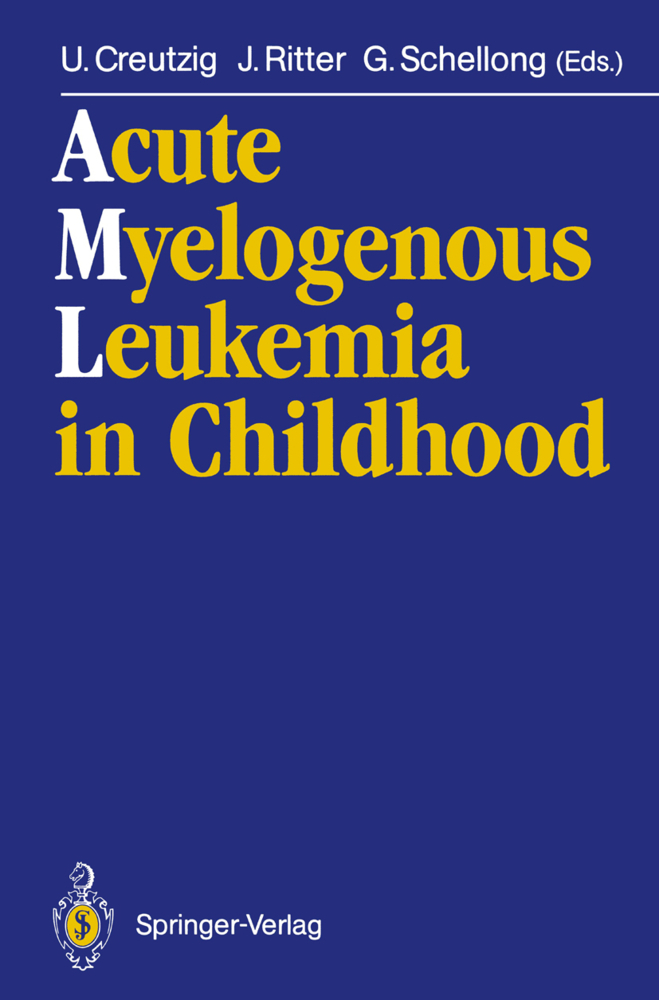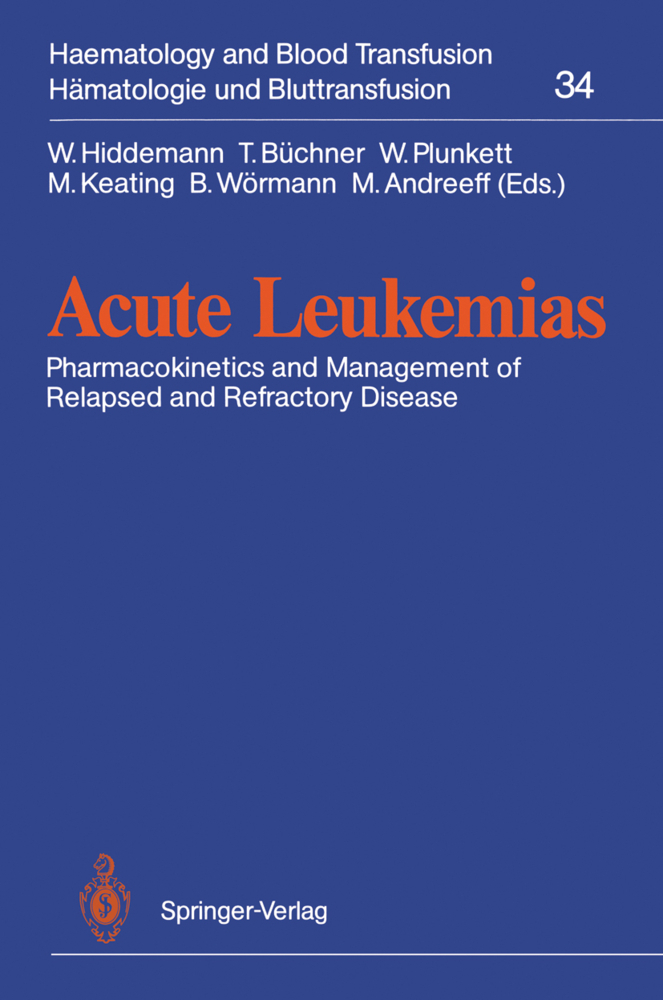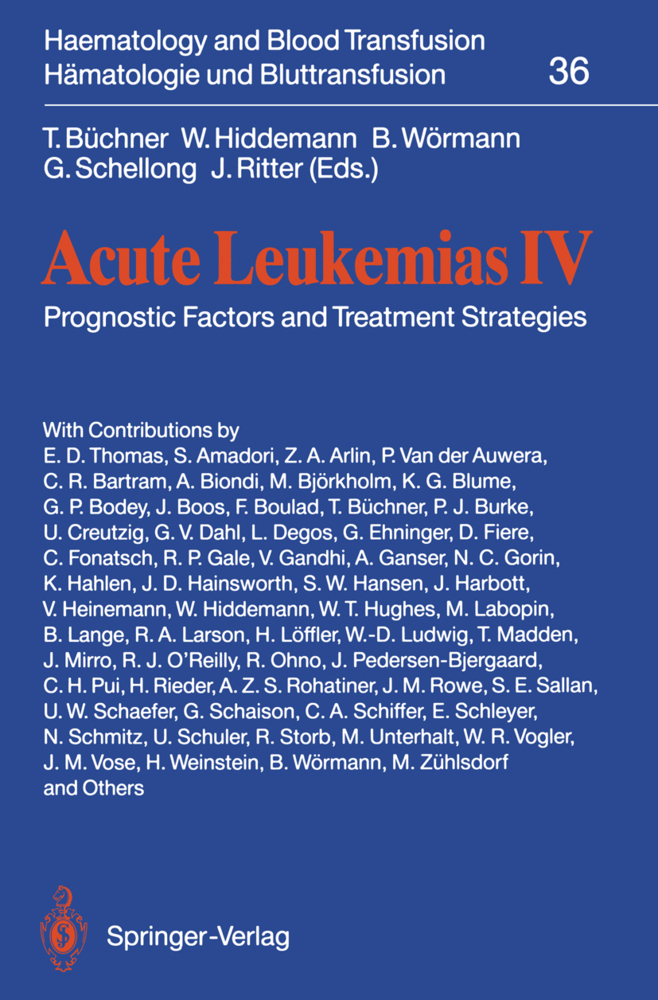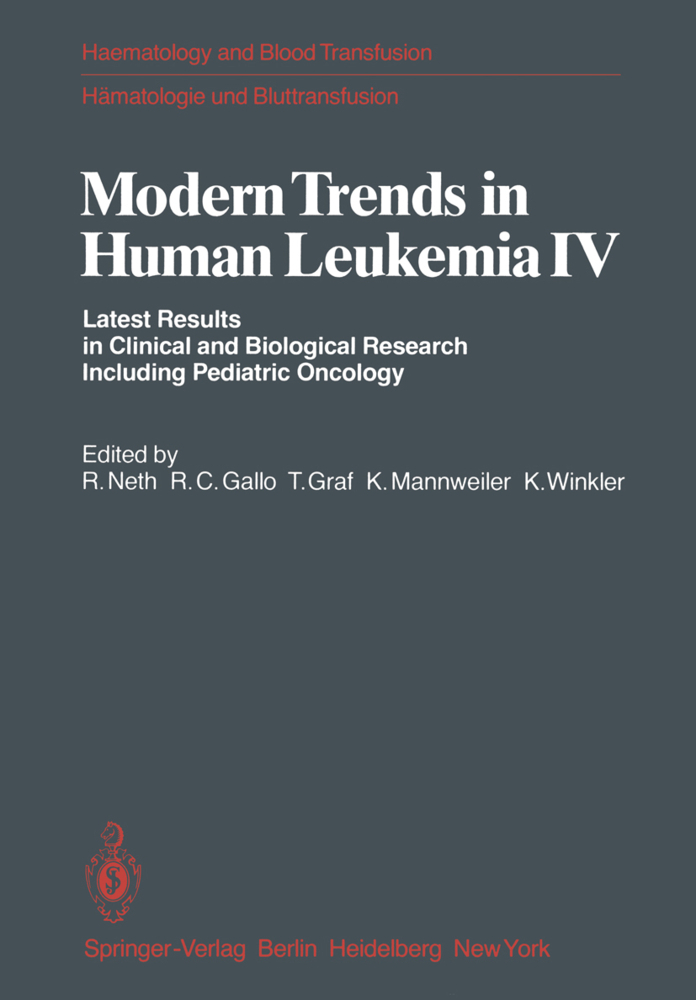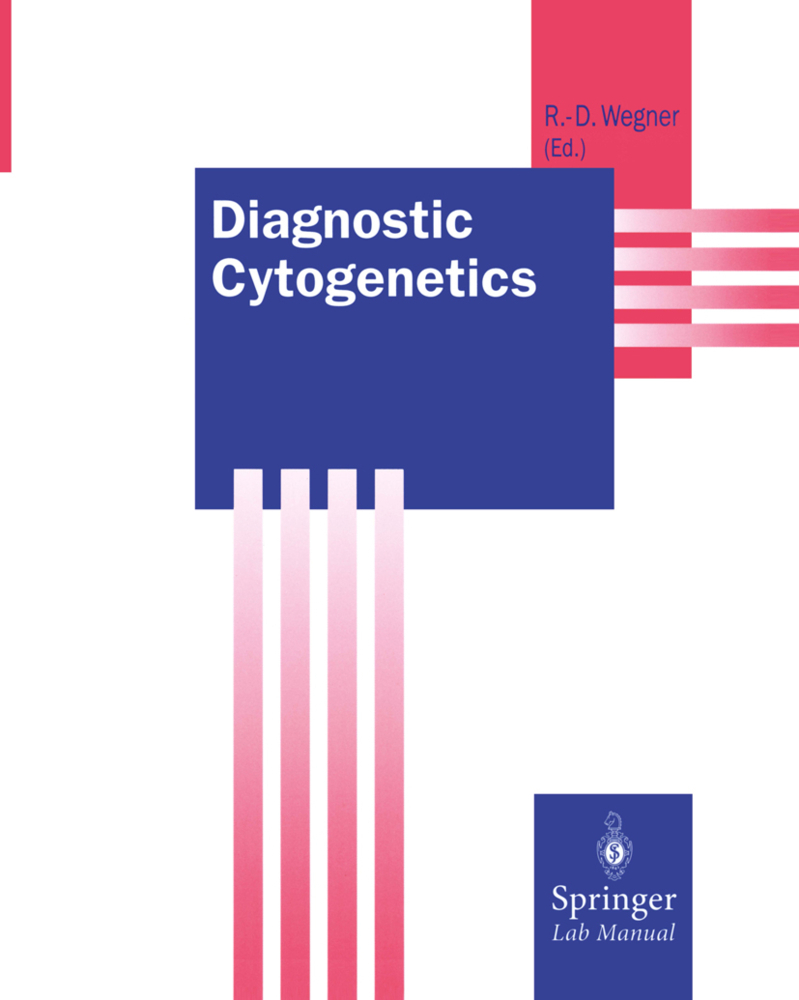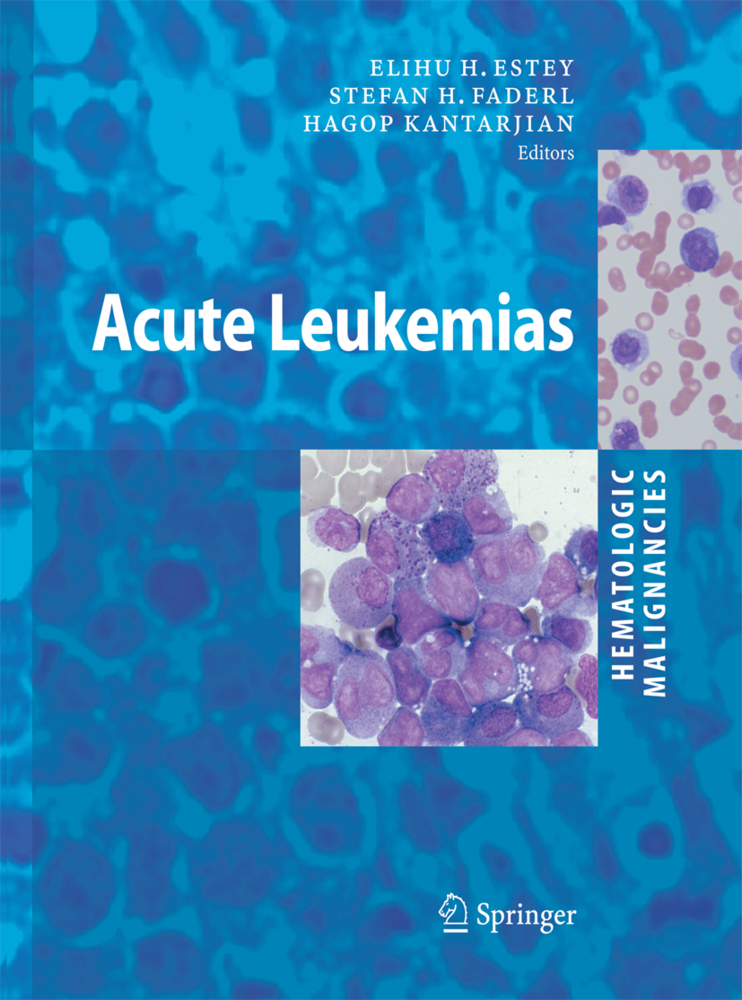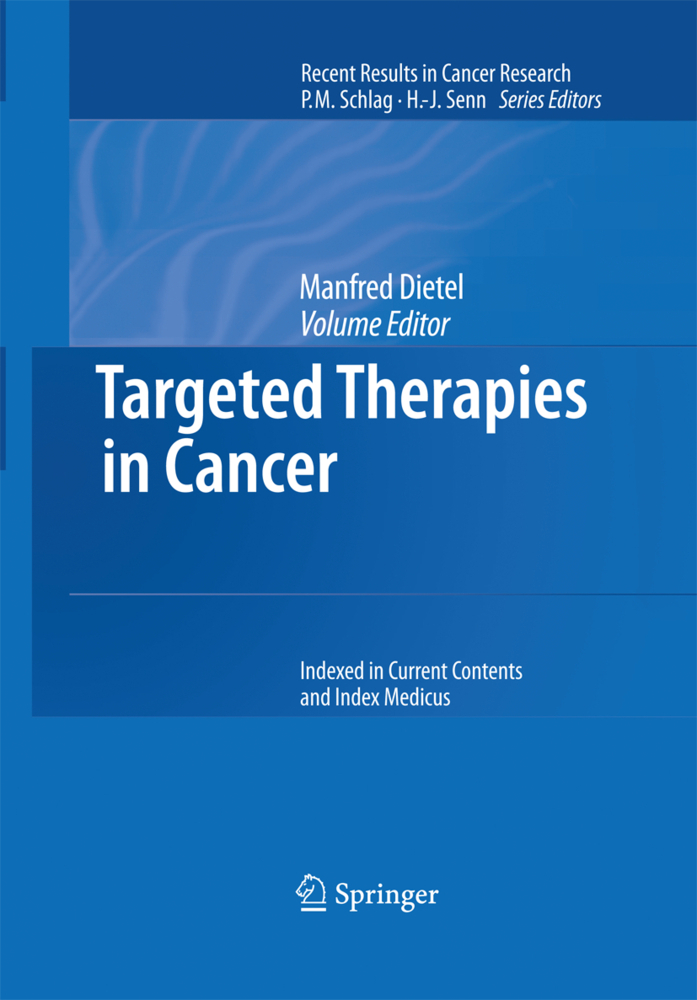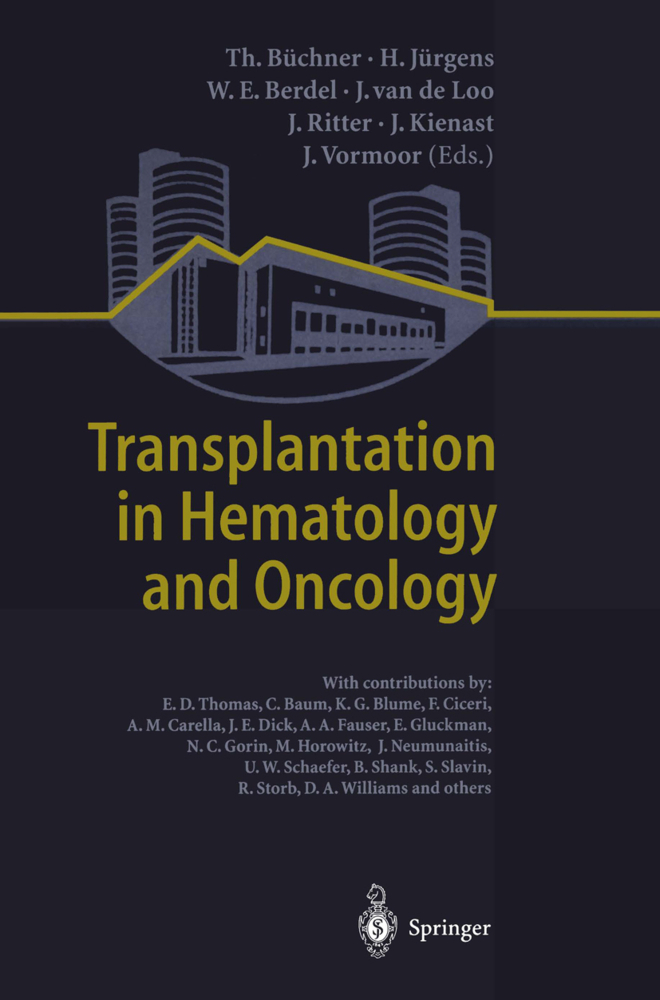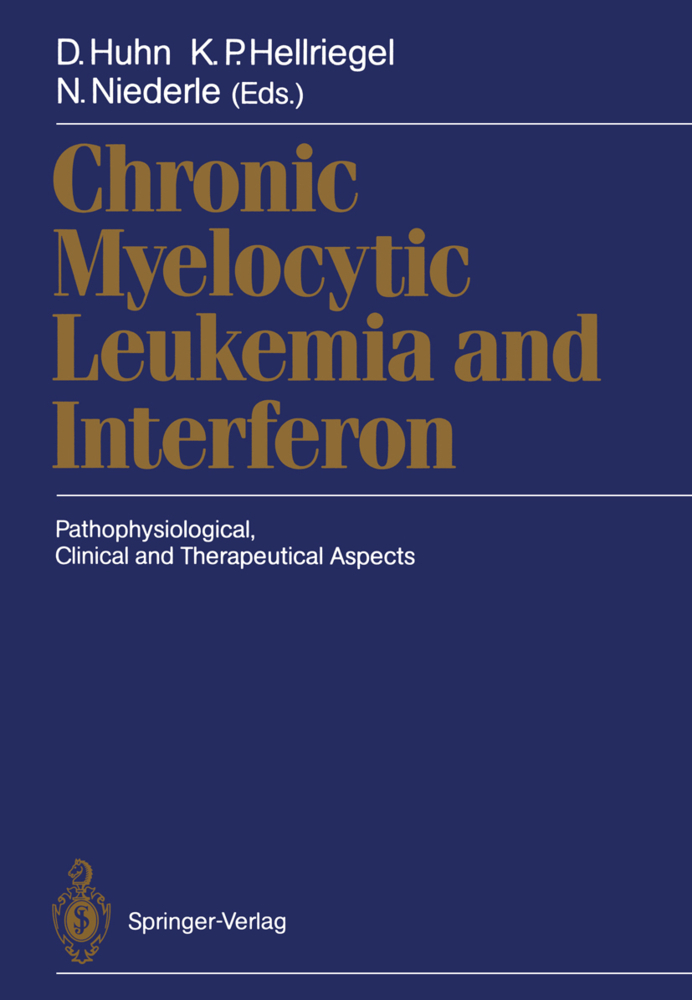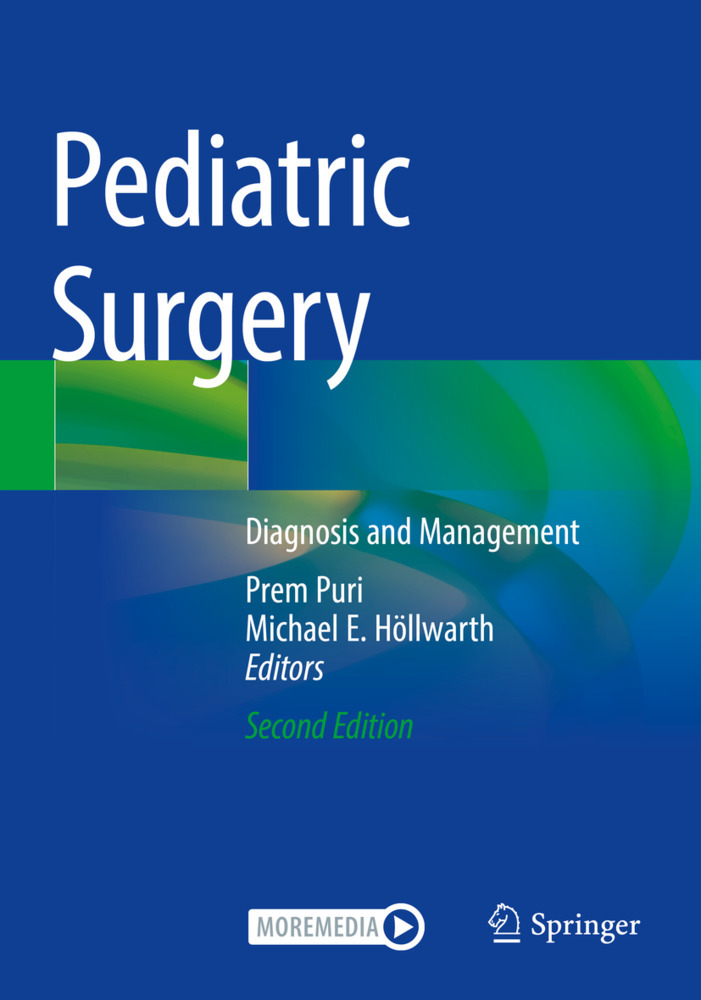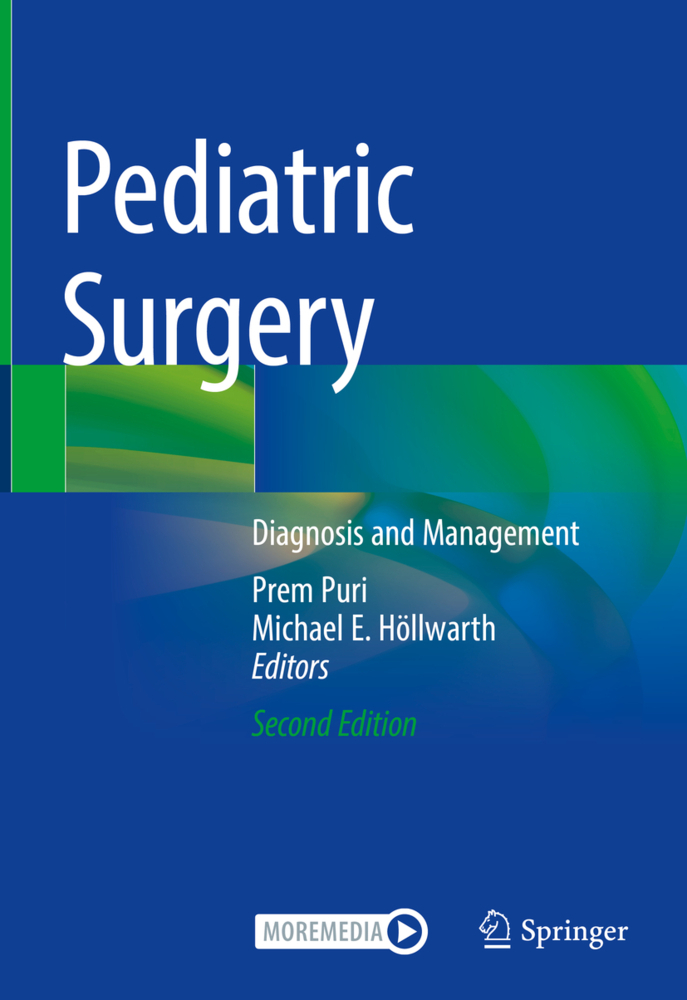Acute Myelogenous Leukemia in Childhood
Implications of Therapy Studies for Future Risk-Adapted Treatment Strategies
Acute Myelogenous Leukemia in Childhood
Implications of Therapy Studies for Future Risk-Adapted Treatment Strategies
The results of treatment for childhood acute myelogenous leukemia (AML) have improved considerably during the last ten years. This progress was demonstrated by the two consecutive multicenter studies, AML-BFM-78 and -83, in which almost identical extended multi drug regimes of che motherapy were administered for eight weeks and followed up by two years maintenance. The main difference in the second study was the addition of an eight-day intensive in duction course. Due to this new element, the relapse rate was reduced significantly. Another result of the BFM-83 study was the definition of two risk groups on the basis of standardized treatment, which has lead to a risk-adapted treatment strategy in the third ongoing trial, AML-BFM- 87. This improvement was only possible thanks to the coop eration of pediatricians, physicians, radiotherapists, statisti cians, and especially the staff at the hospitals and reference laboratories. Thus, we would like to thank everyone who has been involved in these studies and hope that they will be further encouraged to improve treatment strategies for AML in children. The coordination, enforcement, and analyses of the stud ies would not have been possible without the financial sup port of the Federal Ministry for Research and Technology of the FRG. We are grateful for the generous contributions supporting this book from Lederle and Farmitalia. Munster, April 1990 Ursula Creutzig Jorg Ritter Gunther Schellong Contents 1 Introduction . . . . .. . . . . . . . . . . . . . . .. . . . 1 .
1.2 Prognostic Parameters in AML
1.3 Objectives of the Analysis
2 Patients and Therapy
2.1 Patient Eligibility
2.2 Therapy Schedule for Study AML-BFM-78
2.3 Therapy Schedule for Study AML-BFM-83
3 Definitions and Methods
3.1 Definitions
3.2 Diagnostic Methods
3.3 Statistical Methods
4 Results
4.1 Analysis of Pretherapeutic Patient Data
4.2 Correlation of Initial Parameters Including Kinetics of Blast Cell Reduction
4.3 Outcome
4.4 Results by Morphologic Subtypes
4.6 Early Death Due to Hemorrhage and/or Leukostasis and Other Complications
4.7 Analysis of the Implementation of Therapy in AML-BFM-83 Study
4.8 Toxicity During the Individual Therapy Phases of AML-BFM-83 Study
5 Discussion
5.1 Clinical and Morphologic Characteristics of Childhood AML
5.1.1 Epidemiological Factors
5.1.2 Clinical Data
5.2 Characterization of the FAB Types M1-M7 in Children by Pretherapeutic Parameters
5.3 Evaluation of the Relationship Between Pretherapeutic Parameters
5.4 Prognostic Relevance of Pretherapeutic Parameters and Response Kinetics: Definition of Prognostic Groups
5.5 Influence of Therapy on the Prognostic Relevance of Pretherapeutic Parameters: Evaluating the Introduction of ADE Induction Therapy in AML-BFM-83 Study
5.6 Early Death Due to Hemorrhage and/or Leukostasis and Other Complications: Consequences for Initial Therapy
5.7 Relationship Between Implementation of Therapy, Complications, and Course
5.8 Perspectives for Future Prognosis-Adapted Therapy Strategies
6 Summary
7 References
8 Appendix
9 Subject Index.
1 Introduction
1.1 Development of AML Therapy in Children1.2 Prognostic Parameters in AML
1.3 Objectives of the Analysis
2 Patients and Therapy
2.1 Patient Eligibility
2.2 Therapy Schedule for Study AML-BFM-78
2.3 Therapy Schedule for Study AML-BFM-83
3 Definitions and Methods
3.1 Definitions
3.2 Diagnostic Methods
3.3 Statistical Methods
4 Results
4.1 Analysis of Pretherapeutic Patient Data
4.2 Correlation of Initial Parameters Including Kinetics of Blast Cell Reduction
4.3 Outcome
4.4 Results by Morphologic Subtypes
4.6 Early Death Due to Hemorrhage and/or Leukostasis and Other Complications
4.7 Analysis of the Implementation of Therapy in AML-BFM-83 Study
4.8 Toxicity During the Individual Therapy Phases of AML-BFM-83 Study
5 Discussion
5.1 Clinical and Morphologic Characteristics of Childhood AML
5.1.1 Epidemiological Factors
5.1.2 Clinical Data
5.2 Characterization of the FAB Types M1-M7 in Children by Pretherapeutic Parameters
5.3 Evaluation of the Relationship Between Pretherapeutic Parameters
5.4 Prognostic Relevance of Pretherapeutic Parameters and Response Kinetics: Definition of Prognostic Groups
5.5 Influence of Therapy on the Prognostic Relevance of Pretherapeutic Parameters: Evaluating the Introduction of ADE Induction Therapy in AML-BFM-83 Study
5.6 Early Death Due to Hemorrhage and/or Leukostasis and Other Complications: Consequences for Initial Therapy
5.7 Relationship Between Implementation of Therapy, Complications, and Course
5.8 Perspectives for Future Prognosis-Adapted Therapy Strategies
6 Summary
7 References
8 Appendix
9 Subject Index.
Creutzig, Ursula
Ritter, Jörg
Schellong, Günther
| ISBN | 978-3-540-52070-2 |
|---|---|
| Artikelnummer | 9783540520702 |
| Medientyp | Buch |
| Copyrightjahr | 1990 |
| Verlag | Springer, Berlin |
| Umfang | XVI, 163 Seiten |
| Abbildungen | XVI, 163 p. 3 illus. |
| Sprache | Englisch |

